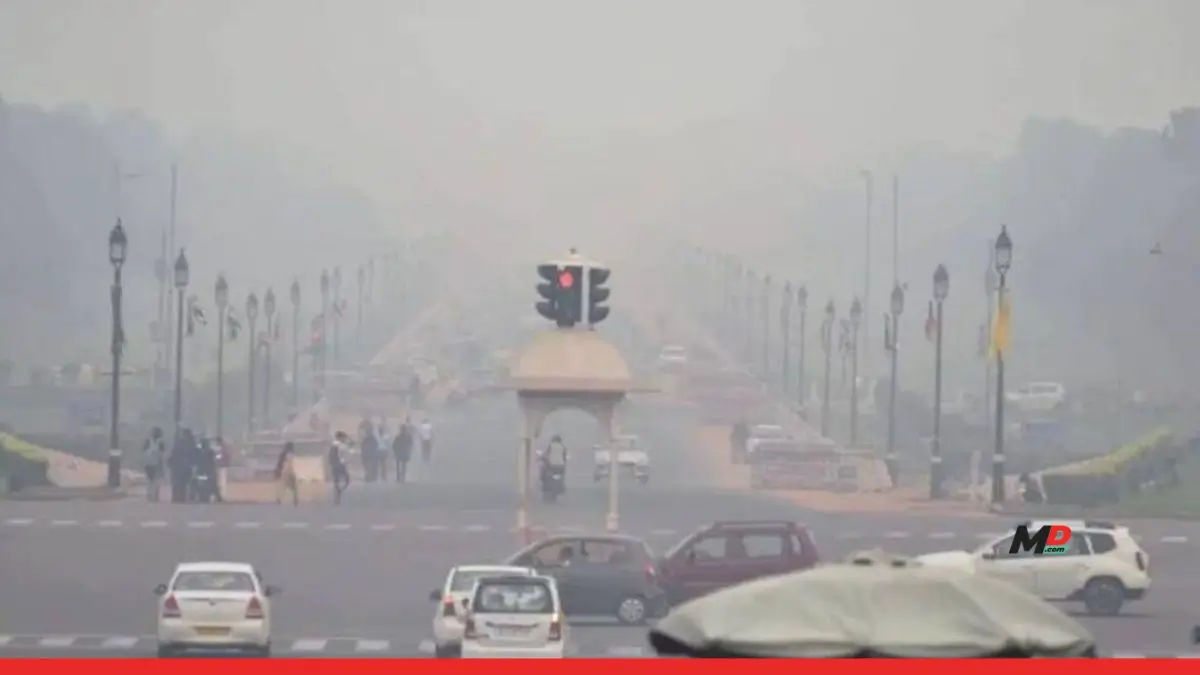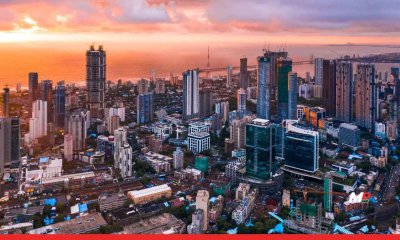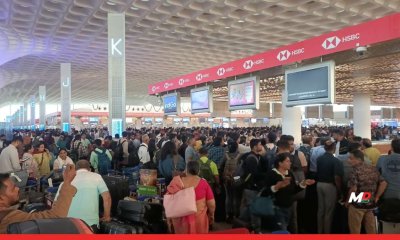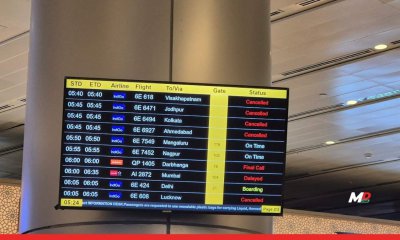Published
1 year agoon

With the festive season of Diwali now behind us, the air in Delhi-NCR has transformed from carrying the sweet scent of sweets and the sound of laughter to holding a heavy, toxic haze.
The celebration, known for its vibrant lights and joyous gatherings, is often overshadowed by a grim reality: the city’s air quality plummets to alarming levels, particularly after the festivities. This year, the situation has reached a critical point, with the Air Quality Index (AQI) soaring into hazardous territory, leaving residents gasping for fresh air.
Diwali, the festival of lights, is a time for families to come together, exchange gifts, and illuminate their homes with diyas (oil lamps). The night sky sparkles with fireworks, and the streets are filled with joyous celebrations. However, the exuberance of the festival often comes at a steep price—the deterioration of air quality.
Fireworks are an integral part of Diwali celebrations, symbolizing the victory of light over darkness. Unfortunately, the smoke and particulate matter released during these displays contribute significantly to air pollution. This year, the Central Pollution Control Board (CPCB) reported that certain areas in Delhi experienced an AQI reading of over 500, categorizing it as hazardous.
A Brief Respite
In the days leading up to Diwali, there was a slight improvement in air quality due to favourable weather conditions. Strong winds helped disperse some of the accumulated pollutants, and the AQI temporarily dipped below 300. However, this brief relief was short-lived, as the aftermath of the celebrations brought back the smog with a vengeance.
Understanding AQI: What Do the Numbers Mean?
The Air Quality Index is a numerical scale that measures the concentration of various pollutants in the air, including particulate matter (PM2.5 and PM10), nitrogen dioxide, sulfur dioxide, carbon monoxide, and ozone. The scale ranges from 0 to 500, with higher numbers indicating worse air quality.
When AQI levels reach hazardous levels, the health implications can be severe. Vulnerable populations, including children, the elderly, and those with pre-existing respiratory conditions, are particularly at risk. Prolonged exposure to poor air quality can lead to:
Forecasting Air Quality
The Air Quality Early Warning System (AQEWS) provides forecasts that help residents prepare for upcoming pollution levels. According to recent updates, Delhi’s air quality is expected to remain in the ‘poor’ to ‘very poor’ category for the foreseeable future, urging residents to take precautions.
With the air quality deteriorating, health experts recommend several measures to protect yourself and your family:
Long-term Strategies for Better Air Quality
While immediate actions are crucial, addressing the root causes of pollution requires a comprehensive approach:
Government Initiatives: Tackling Air Pollution
The government has implemented various initiatives aimed at combating air pollution, particularly during high-risk periods like Diwali. These measures include:
Community Involvement
Community participation is vital in the fight against pollution. Local organizations and citizen groups are encouraged to engage in activities like tree planting, cleanliness drives, and awareness campaigns to foster a collective sense of responsibility.
Advancements in technology have led to the development of sophisticated air quality monitoring systems that provide real-time data on pollution levels. These systems enable authorities to respond quickly to deteriorating air quality.
Citizen Science Initiatives
Citizen science initiatives encourage individuals to participate in monitoring air quality by using portable sensors. These grassroots efforts can complement official data and raise awareness about local pollution sources.
Cultural Shifts: Rethinking Celebrations
As awareness about air pollution grows, many are advocating for eco-friendly Diwali celebrations. This includes:
With Diwali now allowing time for introspection, it’s essential to recognize the stark contrast between the joy of celebrations and the somber reality of air pollution. While the lights and laughter fill our homes, the air outside may tell a different story. By prioritizing health and safety, embracing eco-friendly practices, and supporting government initiatives, we can work together to ensure that Diwali remains a celebration of light, not a reminder of the toxic haze that can accompany it.


RBI cuts Repo Rate to 5.25%, spurring optimism in the real estate industry


IndiGo-ing nowhere: Corporate greed and regulatory failure has grounded a nation


IndiGo’s crisis stretches into fourth day, thousands across nation stranded


“Fleet efficiency and smart deployment defined India’s Airline growth in 2025,” says Jaideep Mirchandani


NTT DATA Announces Six New AI-Powered Cyber Defense Centers to Strengthen Cyber Resilience and Counter an Evolving Threat Landscape


Kota’s signal-free streets are an urban design revolution

